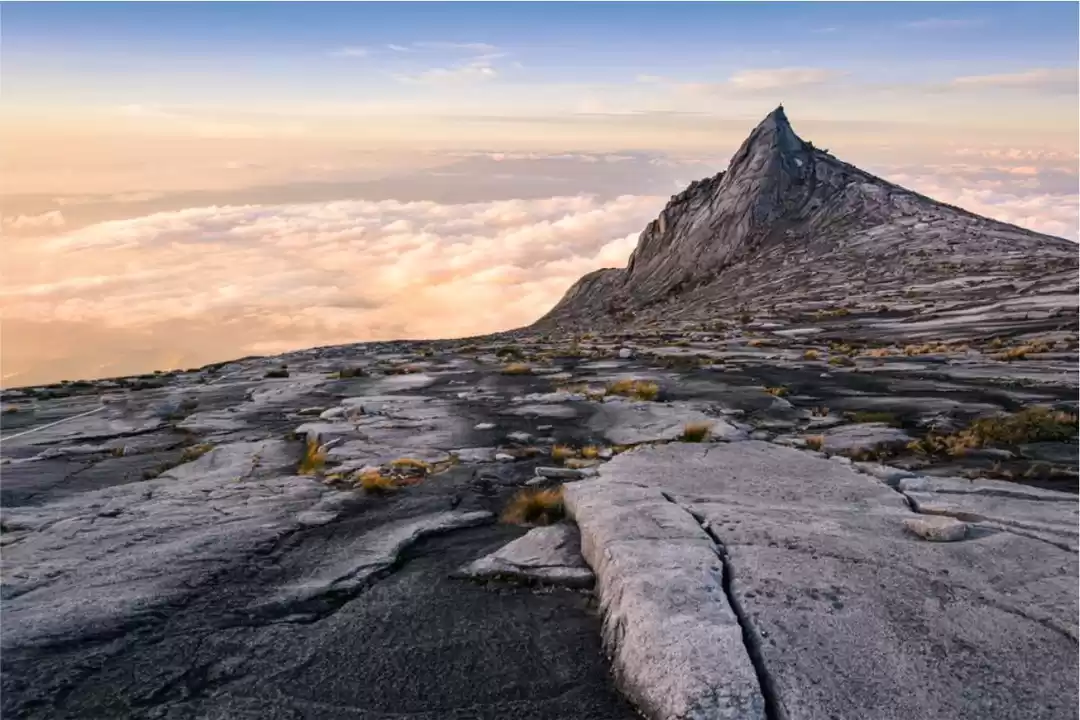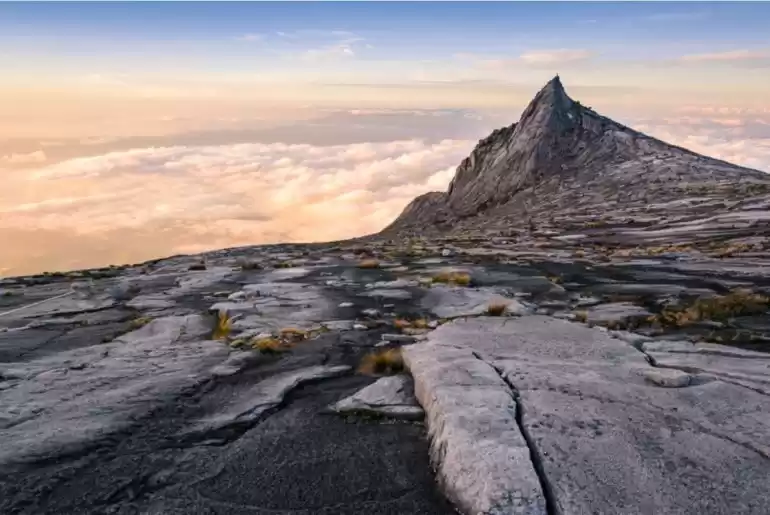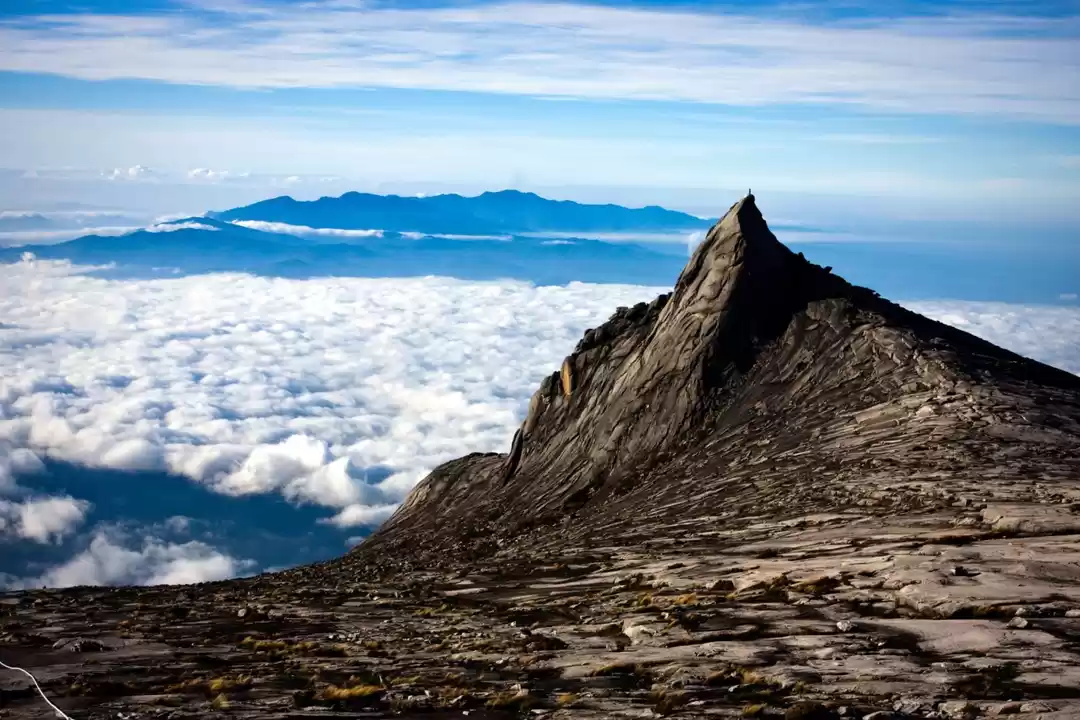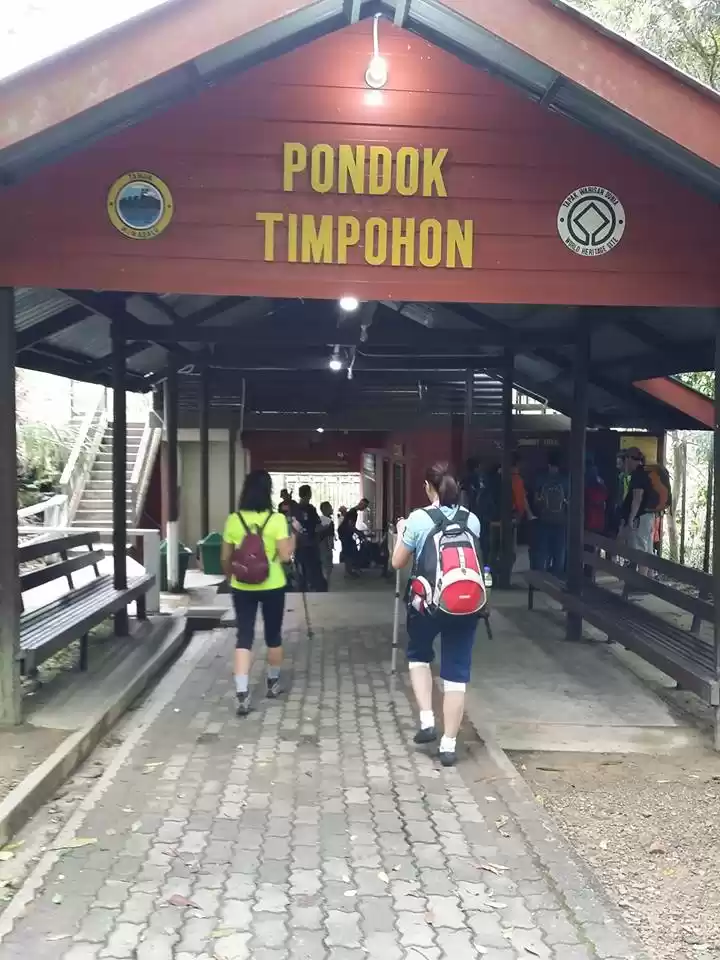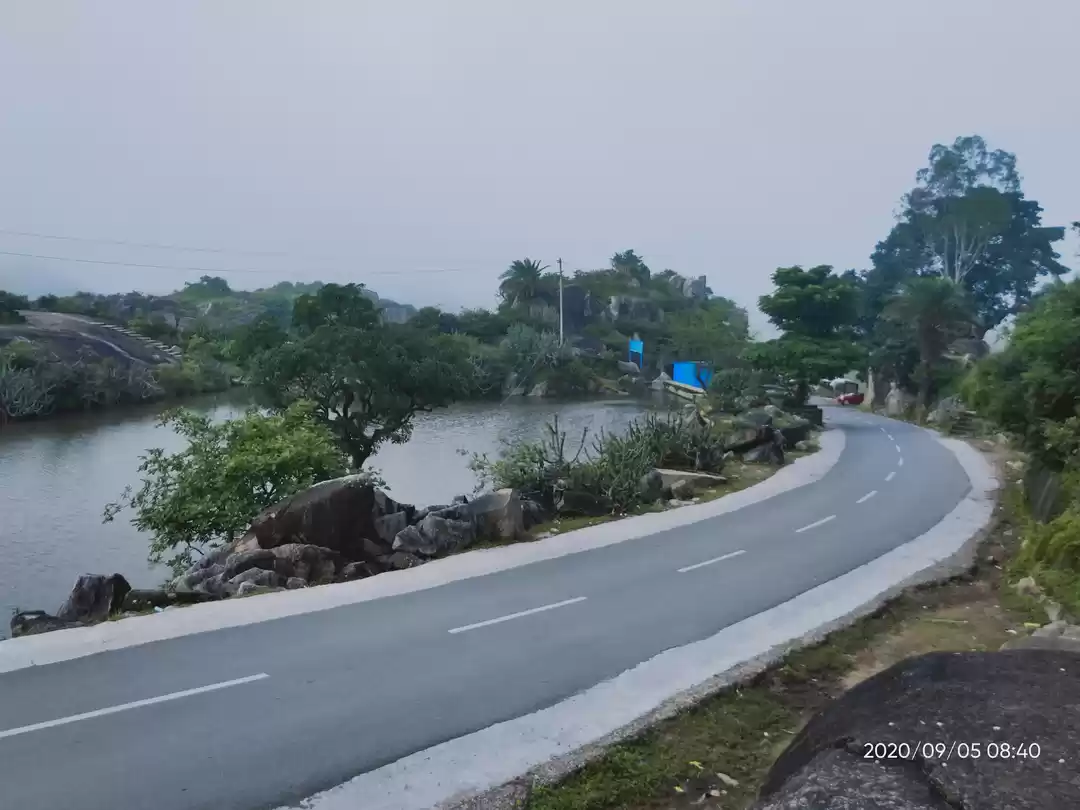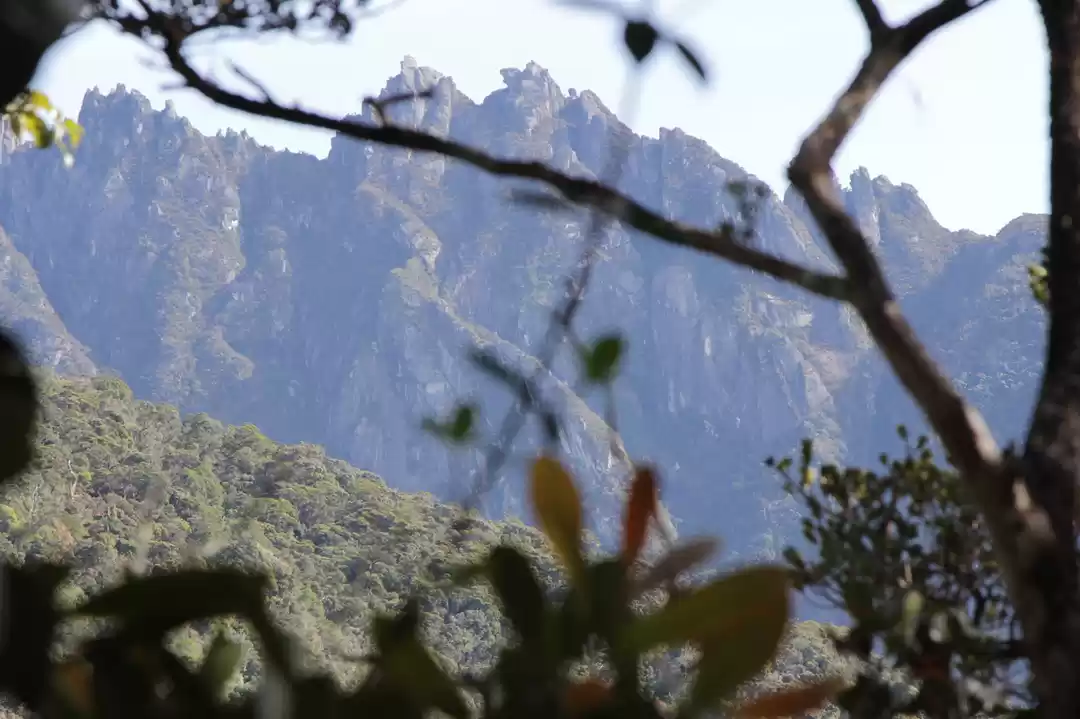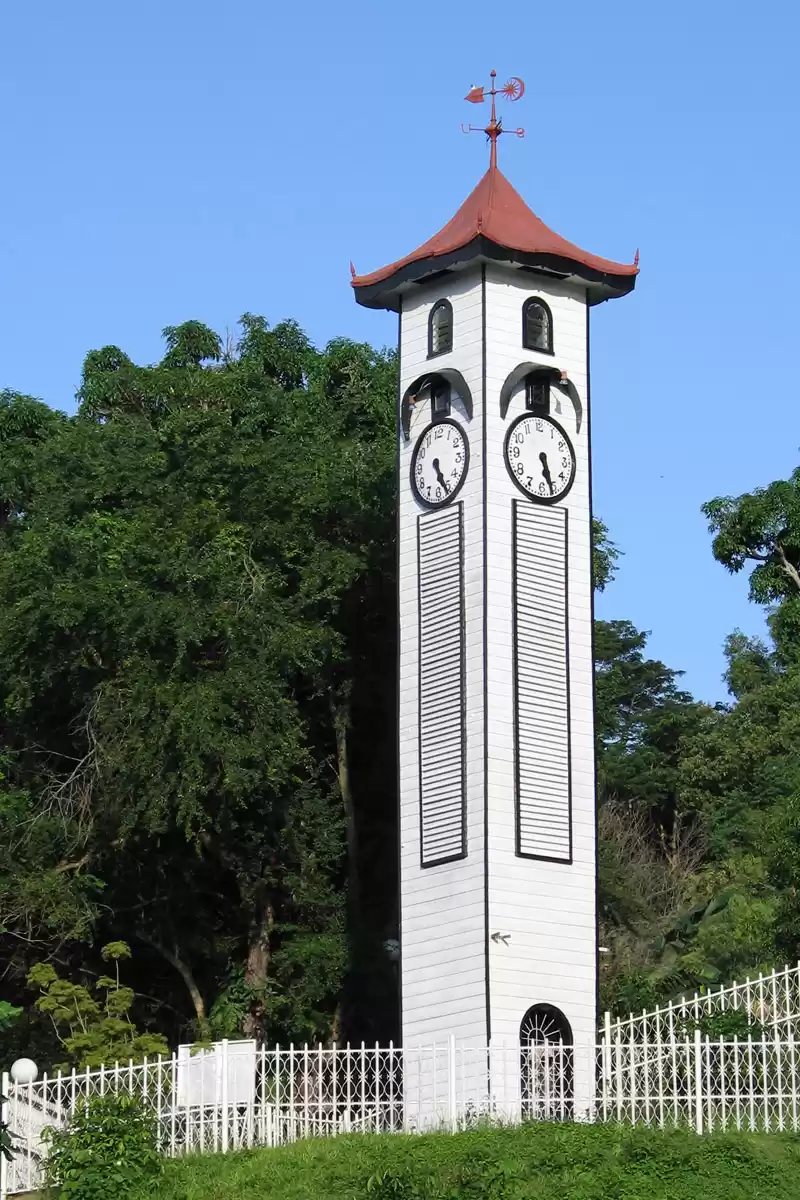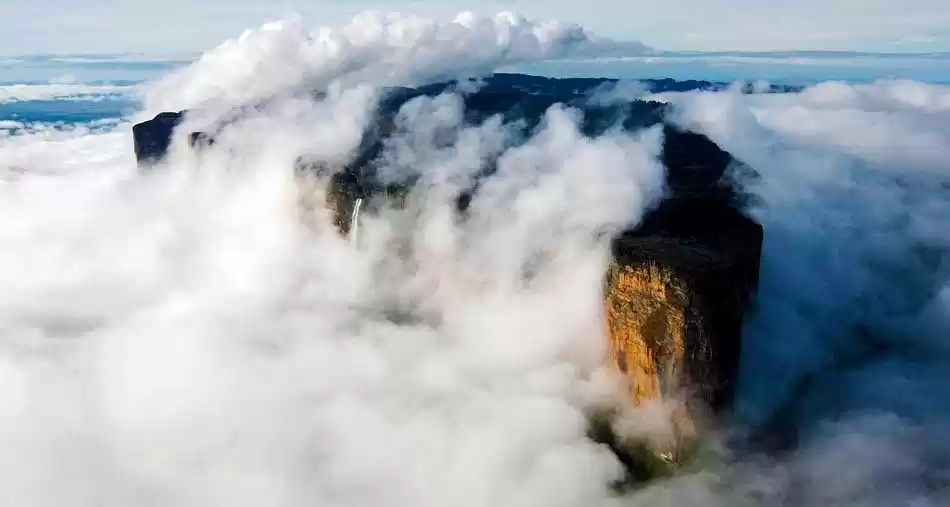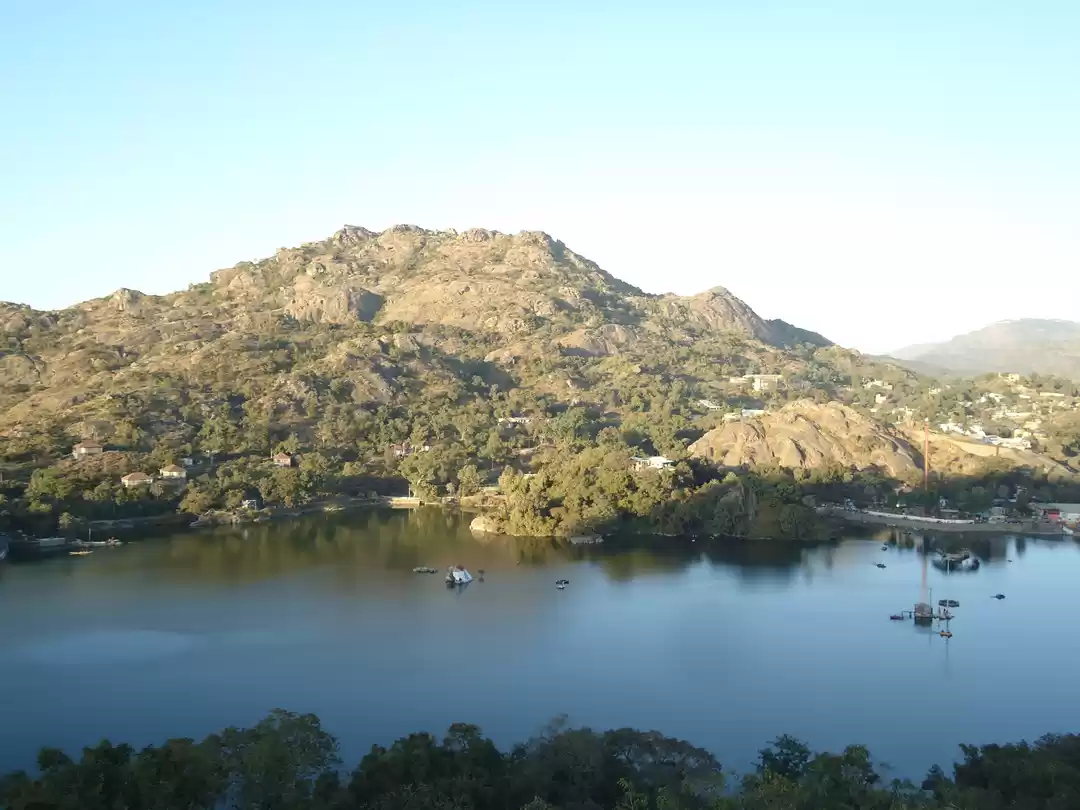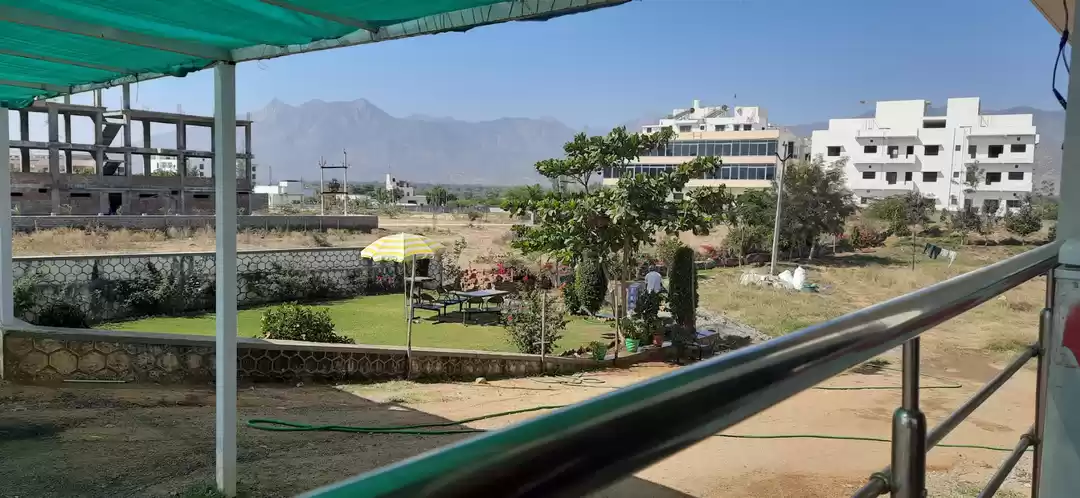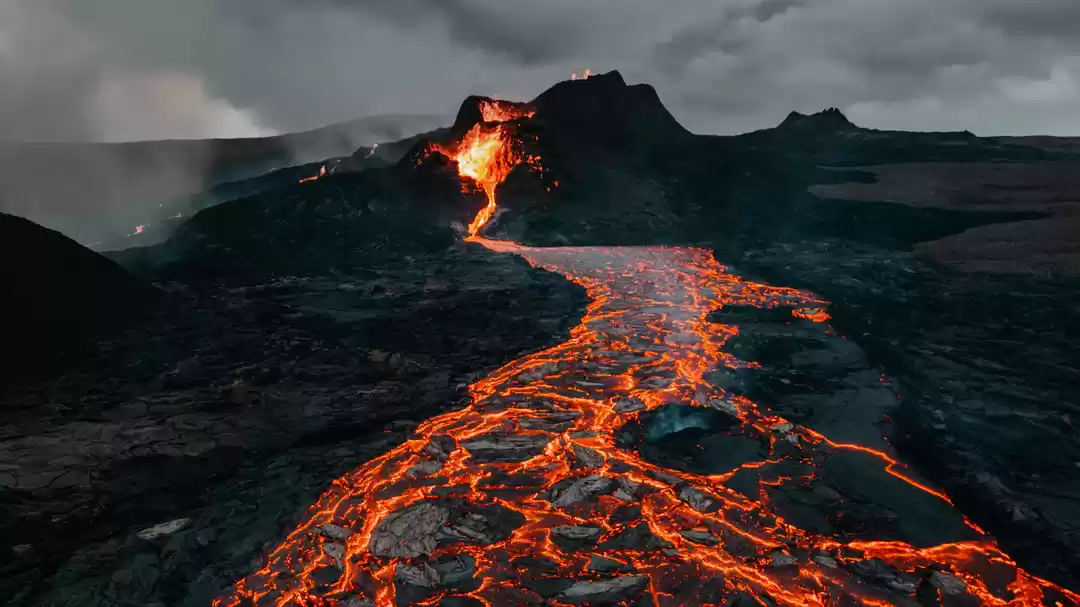Are you looking for an adventure that will challenge your body, mind, and spirit? Do you want to experience the beauty and diversity of nature in one of the most biodiverse places on Earth? Do you want to learn about the culture and history of a mountain that is sacred and legendary to its people? If you answered yes to any of these questions, then you should consider climbing Mount Kinabalu, the highest peak in Borneo and Malaysia.
Mount Kinabalu is a special, dramatic, and magical mountain that attracts many travellers from around the world. It is not only a natural wonder, but also a World Heritage Site, a rich and diverse ecosystem, and a sacred and legendary place. Climbing Mount Kinabalu is a unique and unforgettable adventure that will reward you with spectacular views, thrilling experiences, and a sense of achievement and pride.
In this article, we will provide you with a comprehensive and practical guide for climbing Mount Kinabalu, covering various aspects such as gear, season, fitness, permit, cost, via ferrata, and more. We will also share with you some tips, advice, and recommendations from our experts and fellow travellers who have climbed the mountain themselves. Whether you are a beginner or an experienced climber, a solo traveller or a group, a budget traveller or a luxury seeker, we have something for you in this article. So, read on and get ready to book your climb package with a reliable and official tour operator.

Why Climb Mount Kinabalu?
There are many reasons and motivations for climbing Mount Kinabalu, but here are some of the most common and compelling ones:
- The challenge and reward of reaching the summit and witnessing the sunrise and the stunning views of the surroundings. Climbing Mount Kinabalu is not an easy feat, but it is definitely worth it. You will feel a sense of achievement and pride as you stand on the top of the highest peak in Borneo and Malaysia, at 4095 m above sea level. You will also be rewarded with a spectacular view of the sunrise and the surrounding landscape, which includes the Crocker Range, the South China Sea, and the islands of Sabah and Sarawak. You will also see the unique and dramatic rock formations of the summit plateau, such as the Donkey's Ears and the South Peak.
- The diversity and richness of the ecosystem and the biodiversity of the Kinabalu National Park, a World Heritage Site. Mount Kinabalu is not only a mountain, but also a living museum of nature. It is home to more than 5000 species of plants, 326 species of birds, and 100 species of mammals, many of which are endemic and rare. You will encounter different vegetation zones as you climb, such as rainforest, montane forest, and subalpine forest. You will also see some of the most fascinating and beautiful plants and animals, such as the pitcher plant, the orchid, the rhododendron, the rafflesia, the squirrel, the civet, the hornbill, and the sun bear.
- The culture and history of the mountain and its people, such as the Kadazan-Dusun tribe, who consider the mountain sacred and have many legends and rituals associated with it. Mount Kinabalu is not only a natural wonder, but also a cultural and historical treasure. It is revered and respected by the local people, especially the Kadazan-Dusun tribe, who believe that the mountain is the resting place of their ancestors and the source of their life. They have many legends and stories about the mountain, such as the legend of the dragon, the legend of the widow, and the legend of the earthquake. They also have many rituals and ceremonies to honour and appease the mountain, such as the Tadau Kaamatan festival, the Magavau ceremony, and the Monolob ceremony.
- The unique and thrilling experience of the via ferrata, the world's highest iron road, which offers two routes to choose from: Walk the Torq and Low's Peak Circuit. If you are looking for an extra challenge and excitement, you can opt for the via ferrata activity, which involves climbing on a vertical wall with the aid of a steel cable. The via ferrata is the world's highest and the only one in South East Asia. It offers two routes to choose from: Walk the Torq and Low's Peak Circuit. The Walk the Torq route is suitable for beginners and families, as it is shorter and easier, and takes about 2 hours to complete. The Low's Peak Circuit route is suitable for experienced and adventurous climbers, as it is longer and harder, and takes about 4 hours to complete. Both routes will give you an adrenaline rush and a stunning view of the mountain and the valley.

How to Climb Mount Kinabalu?
Climbing Mount Kinabalu is not a walk in the park, but it is also not a rocket science. You don't need any mountaineering experience or equipment, but you do need some preparation and planning. Here are some of the aspects that you need to consider and arrange before you climb:
- Gear: You don't need to bring a lot of gear for the climb, but you do need to bring some essential and specific items that will make your climb more comfortable and safe. Here is a list of the items that you should pack for the climb:
- A small backpack that can fit your personal belongings and snacks.
- A waterproof jacket that can protect you from the rain and the wind.
- A head torch that can help you see in the dark, especially on the second day of the climb when you start before dawn.
- Water bottles that can hold at least 2 litres of water, as you will need to stay hydrated throughout the climb.
- Snacks that can provide you with energy and nutrition, such as chocolate bars, nuts, dried fruits, etc.
- Good hiking boots that can support your ankles and feet, and prevent blisters and injuries.
- Thick hiking socks that can keep your feet warm and dry, and reduce friction and irritation.
- Earplugs that can help you sleep better and block out the noise from other climbers and the wind.
- Shorts that can keep you cool and comfortable during the first day of the climb, when the weather is warmer and humid.
- Long pants that can keep you warm and protected during the second day of the climb, when the weather is colder and windy.
- A hat that can shield you from the sun and the rain, and prevent sunburn and heatstroke.
- A pair of gloves that can keep your hands warm and prevent frostbite, especially on the summit and the via ferrata.
- A pair of sunglasses that can protect your eyes from the glare and the UV rays, and prevent snow blindness and eye damage.
- A sunscreen that can protect your skin from the sun and the UV rays, and prevent sunburn and skin cancer.
- A camera that can capture the memorable moments and the breathtaking views of the climb, and share them with your friends and family.
- Season: The best time to climb Mount Kinabalu depends on your preference and budget, as the weather, the crowds, and the prices vary throughout the year. Here is a breakdown of the seasons and their pros and cons:
- The dry season: The dry season runs from March to August, and it is the best time to climb in terms of the weather and the visibility. The weather is dry and clear, and the chances of rain and clouds are low. The visibility is high, and you can enjoy the views of the mountain and the surroundings. However, the dry season is also the busiest and the most expensive time to climb, as it coincides with the peak tourist season and the school holidays. The demand for the permits and the accommodation is high, and the availability is low. The prices are also high, and you may need to pay a premium for the climb packages. The crowds are also large, and you may need to share the trails and the facilities with many other climbers.
- The wet season: The wet season runs from November to January, and it is the worst time to climb in terms of the weather and the visibility. The weather is wet and cloudy, and the chances of rain and fog are high. The visibility is low, and you may not see much of the mountain and the surroundings. However, the wet season is also the quietest and the cheapest time to climb, as it coincides with the low tourist season and the monsoon season. The demand for the permits and the accommodation is low, and the availability is high. The prices are also low, and you may find some discounts and deals for the climb packages. The crowds are also small, and you may have the trails and the facilities to yourself or with few other climbers.
- The shoulder season: The shoulder season runs from September, October, and February, and it is a mixed bag in terms of the weather and the visibility. The weather is unpredictable and variable, and you may encounter both dry and wet conditions. The visibility is moderate, and you may see some of the mountain and the surroundings, depending on the weather. The shoulder season is also a moderate time to climb in terms of the crowds and the prices, as it falls between the peak and the low seasons. The demand for the permits and the accommodation is moderate, and the availability is moderate. The prices are also moderate, and you may find some reasonable and fair prices for the climb packages.
- The crowds are also moderate, and you may encounter some other climbers, but not too many.

What to Expect from the Climb?
Climbing Mount Kinabalu is a two-day trek with one night on the mountain, starting from the Kinabalu Park Headquarters, where you will register, meet your guide, and board a bus to the Timpohon Gate, the starting point of the trek. Here is what you can expect from the climb:
- The first day of the trek involves hiking for about 6 hours and covering 6 km of distance and 1400 m of elevation gain, passing through different vegetation zones, such as rainforest, montane forest, and subalpine forest. You will see some of the most fascinating and beautiful plants and animals along the way, such as the pitcher plant, the orchid, the rhododendron, the rafflesia, the squirrel, the civet, the hornbill, and the sun bear. You will also encounter some rest stops and shelters, where you can take a break, refill your water bottles, and use the toilets. You will reach the Laban Rata Resthouse, where you will spend the night and have dinner and breakfast. The resthouse is a basic but comfortable accommodation, with dormitory-style rooms, shared bathrooms, hot showers, and electric sockets. You will also enjoy the view of the mountain and the valley from the resthouse, and maybe catch a glimpse of the sunset and the stars.
- The second day of the trek involves waking up around 2 am and hiking for about 3 hours and covering 2.7 km of distance and 800 m of elevation gain, passing through the granite rock face and the summit plateau. You will need to wear warm and waterproof clothing, as the weather is colder and windier at this stage. You will also need to use your head torch, as it will be dark and you will need to see the trail and the markers. You will reach the summit, Low's Peak, at 4095 m, where you will witness the sunrise and the spectacular views of the surroundings. You will also see the unique and dramatic rock formations of the summit plateau, such as the Donkey's Ears and the South Peak. You will have about 15 to 30 minutes to enjoy the summit and take photos, before you start your descent back to the Laban Rata Resthouse, where you will have lunch and rest. If you opt for the via ferrata activity, you will do it on your way down from the summit, following a different route and meeting your via ferrata trainer. The via ferrata activity takes about 2 to 4 hours, depending on the route and the pace of the climbers. You will experience the thrill and the challenge of climbing on a vertical wall with the aid of a steel cable, and enjoy the stunning view of the mountain and the valley. You will also receive a certificate and a souvenir for completing the via ferrata.
After the via ferrata activity, you will continue your descent to the Timpohon Gate, where you will board a bus back to the Kinabalu Park Headquarters, where you will collect your certificates and souvenirs, and end your climb.
Conclusion
Climbing Mount Kinabalu is one of the most amazing and rewarding adventures that you can do in Malaysia and Borneo. It is not only a physical challenge, but also a cultural and natural experience. You will learn about the mountain and its people, see the beauty and diversity of the ecosystem and the biodiversity, and feel the thrill and the excitement of the via ferrata. You will also create some unforgettable memories and stories that you can share with your friends and family.
If you are interested in climbing Mount Kinabalu, you should book your climb package with a reliable and official tour operator, who can provide you with the best service, safety, and quality. You should also book your climb package as early as possible, as the permits and the accommodation are limited and in high demand. You should also prepare yourself physically and mentally for the climb, and follow the tips and advice that we have provided in this article.






